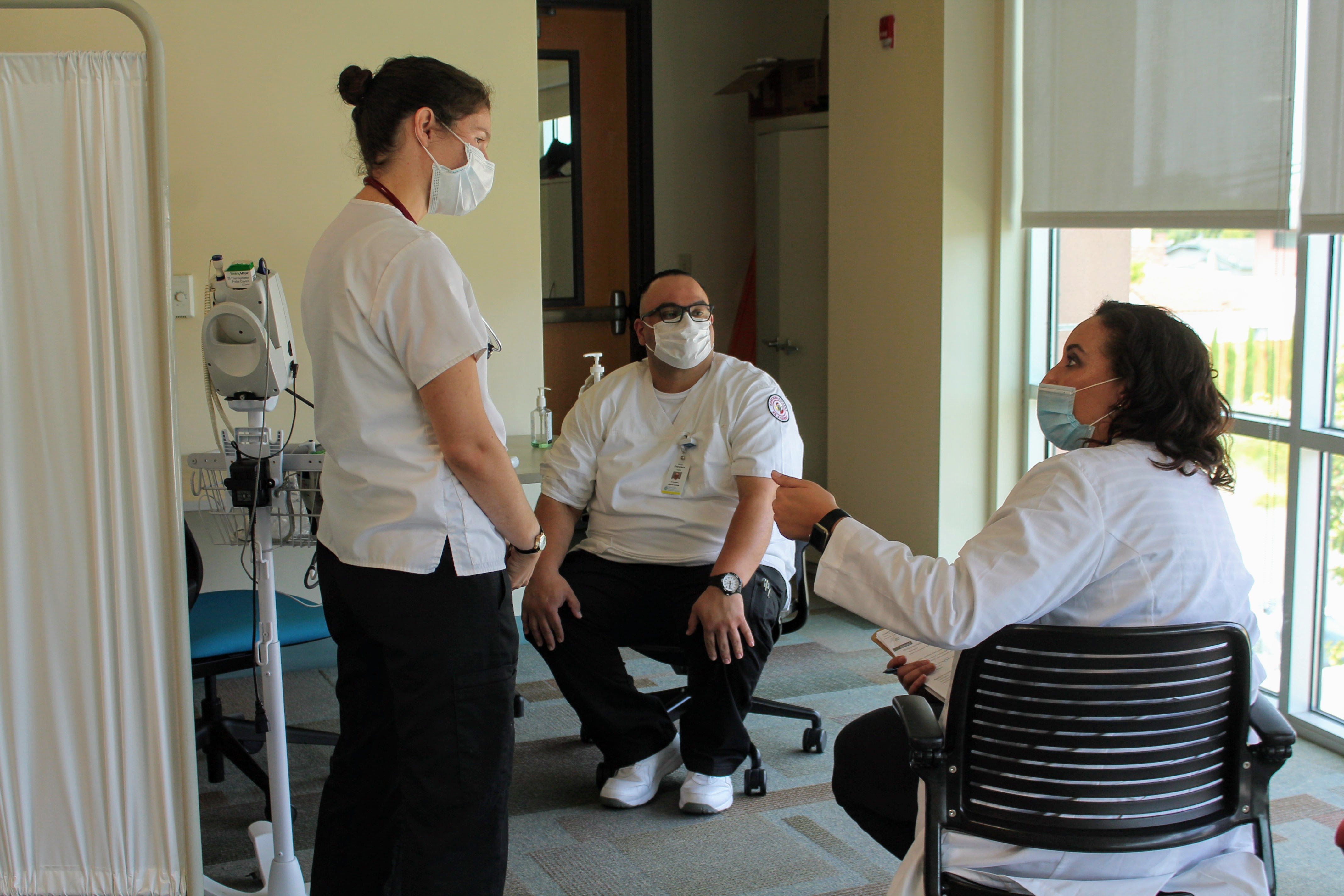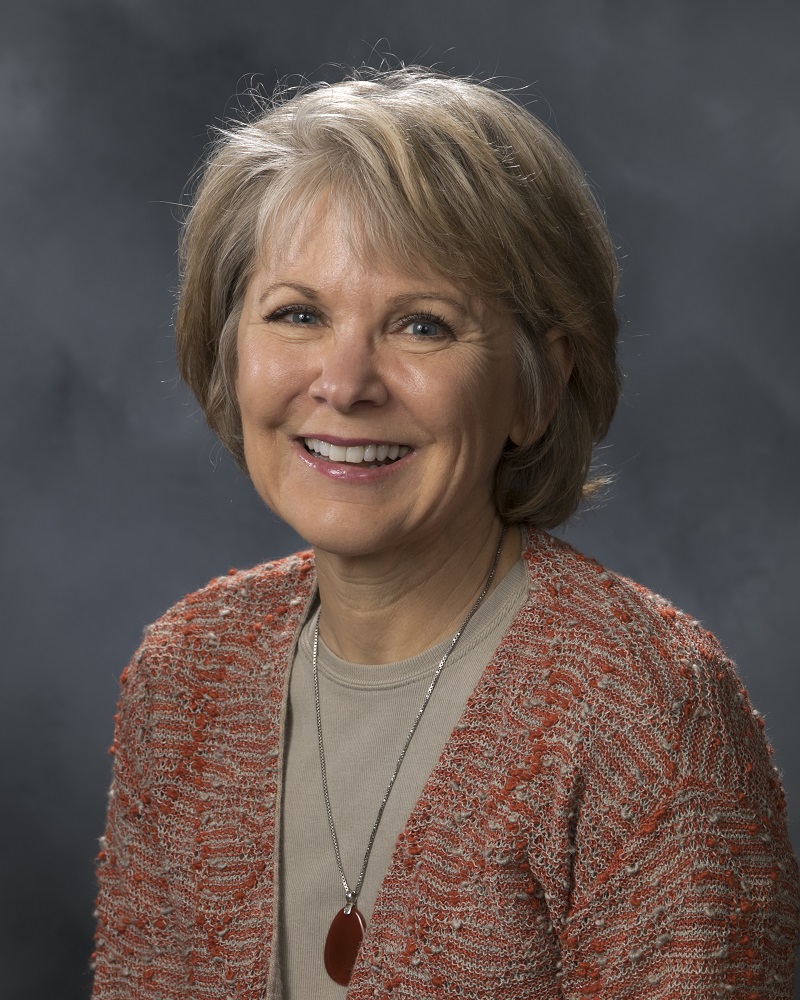Jan. 16, 2021
 The registered nursing program at Hartnell College has been ranked No. 1 in the entire
western United States by nursingprocess.org, a website that helps prospective nursing students decide where to apply. The 2021
ranking was issued on Jan. 11.
The registered nursing program at Hartnell College has been ranked No. 1 in the entire
western United States by nursingprocess.org, a website that helps prospective nursing students decide where to apply. The 2021
ranking was issued on Jan. 11.
Hartnell was rated highest among Associate Degree in Nursing (ADN) programs at 423 colleges and universities from Hawaii to Colorado. The largest determining factor was student passing rates on licensure tests from 2016-19, accounting for 60% of the evaluation. The other factors were academic quality (20%), reputation (10%) and affordability (10%).
The passing rate for Hartnell students on the NCLEX-RN national licensure exam was 100% in 2016, 2018 and 2019 and 91% in 2017. Results for 2020 are still pending.
The No. 2 and No. 3 schools were also in the California Community Colleges system – Cuesta College in San Luis Obispo and Sierra College in Rocklin. Ranked fourth was Kapioloani Community College in Honolulu.
The website states that Hartnell’s ADN program “trains you to apply the fundamentals of management, law and ethics, and leadership when providing safe nursing care to patients in diverse health care settings.”
The ranking helps affirm Hartnell’s commitment to excellence in nursing education and is a testament to the program’s leadership, faculty and students, said Erica Padilla-Chavez, president of the Hartnell Community College District Governing Board.
“Hartnell has consistently ranked high in similar rankings over the past several years, but it’s exciting to see us ranked at the top,” Padilla-Chavez said. “The best evidence of our program’s quality is the outstanding reputation our graduates have earned as nurses right here in the Salinas Valley.”
Many strengths drive ranking
 Dr. Debra Kaczmar, Hartnell dean of academic affairs for nursing and health, said
students’ near-perfect passing rates only tell part of the story of how well the college
prepares future nurses.
Dr. Debra Kaczmar, Hartnell dean of academic affairs for nursing and health, said
students’ near-perfect passing rates only tell part of the story of how well the college
prepares future nurses.
A combination of assets led to Hartnell’s top ranking by nursingprocess.org, Dr. Kaczmar said. She stressed the alliance with Salinas-area health care providers that help train students and frequently hire graduates, as well as student diversity, small class sizes, private funding support and the overall quality of Hartnell’s faculty.
Dr. Kaczmar particularly stressed the value of community partnerships. The Hartnell Nursing and Allied Health program is able to place students in hands-on clinical training at 36 regional sites. In addition to registered nursing graduates, many of whom go on to earn a bachelor’s degree in nursing at Cal State Monterey Bay and elsewhere, Hartnell trains vocational nurses, respiratory therapists, emergency medical technicians and public health workers.
Among examples of the clinical partners, Dr. Kaczmar specifically mentioned the Salinas Valley Memorial Healthcare System (SVMHS), Natividad Medical Center, Clinica de Salud del Valle de Salinas, Pacific Post-Acute, Coastal Kids Home Care and Windsor rehabilitation centers.
“They trust us to educate people who are going to stay in the community,” she said. “We put a focus on people who are going to stay and work here. That’s a value that all of our partners share.”
Wide range of students accepted
Dr. Kaczmar also emphasized that, unlike many nursing schools that accept only students with the best grades and highest test scores, Hartnell deliberately enrolls qualifying students across a wide academic range.
“We aren’t stacking the deck, so to speak,” she said. “We don’t take all straight-A students. We get a really nice curve.”
Not only does this extend the economic opportunity of a nursing career to a wider pool of students, it also enriches student learning by making the classroom more representative of the community, she said.
Echoing that point, Dr. Sonja Sheppard, hired in October as Hartnell’s first associate director of nursing, said, “They need to start getting those skills in the team environment. That peer relationship is one of the things that helps them be successful.”
Those students also benefit from extremely low student-faculty ratios, Dr. Kaczmar said, which are typically about six students to one instructor for clinical learning experiences such as simulated patient scenarios. A need for physical distancing because of COVID-19 has driven that ratio even lower.
External funding vital to success
That faculty intensity makes the program more costly to operate, but grant and donor funding obtained through the Hartnell College Foundation makes it possible to maintain, she said. The help extends to emergency assistance for students, such as money for a student to replace a tire in order to travel to clinical training.
“We’ve been a funding priority for the foundation board for years,” Dr. Kaczmar said, “so that continual support from the foundation and the community at large is really huge. We couldn’t do it without the community trusting us.”
Finally, she pointed to quality of education that Hartnell students receive in the sciences and humanities before they begin intensive nursing training.
“I want to say thank you to the instructors who teach the prerequisite courses,” Dr. Kaczmar said. “We want to make sure they are part of the team because they prepare the students and then we get them, so they’re doing the hard work.”
The Hartnell nursing program will soon carry the positive momentum reflected by its high ranking into a brand new facility. The 24,000-square-foot Center for Nursing and Health Sciences, which will carry the SVMHS name thanks to a $3 million gift from the health care system, is under construction along West Alisal Street on Hartnell’s Main Campus in Salinas. It is scheduled to open in Fall 2021.
The building, being built with Measure T bond funds that voters approved in 2016, is yet another example of the college’s commitment to excellence in educating nurses and other health care workers, said Dr. Raúl Rodríguez, Hartnell’s interim superintendent/president.
“Thanks to this state-of-the-art facility, combined with the many strengths recognized by nursingprocess.org, we will continue raising the bar as a leader in preparing students to serve the greater community,” Dr. Rodríguez said.